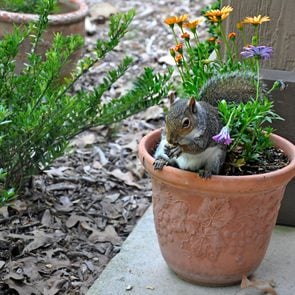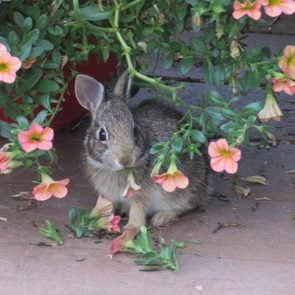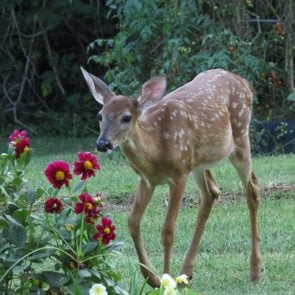How to Deter Groundhogs (and Keep Them Out of Your Garden)
Updated: Feb. 07, 2024
Groundhogs can be destructive garden pests that devour your plants. Follow expert advice to learn how to get rid of groundhogs. Plus, find tips to deter chipmunks.
On This Page
Why Groundhogs Are a Problem in the Garden
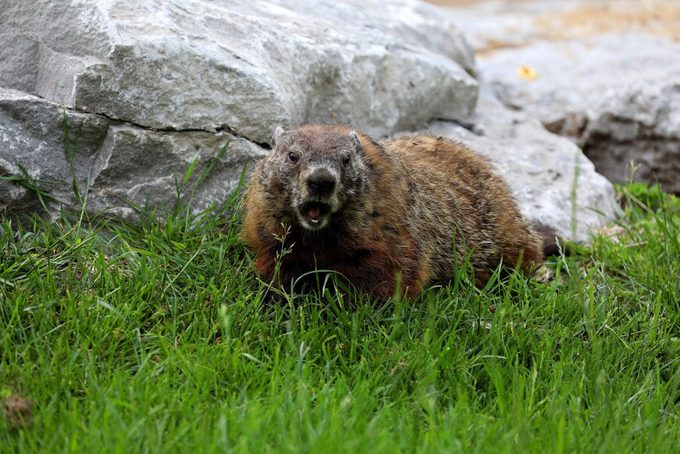
Perhaps most famous for having a February holiday named after them, groundhogs are furry mammals that can be found across much of the eastern and central U.S. and up into Canada. Groundhogs create deep underground burrows, some of which stretch for more than 20 feet. These rodents aren’t particularly picky eaters, happily snacking on a wide range of vegetation including grasses, bark, flowers and berries.
Did you know: Whether you prefer to call them groundhogs or woodchucks, it’s perfectly fine to call these animals either name.
The problem comes when they move into backyards and start devouring your garden plants. Groundhogs like to pack on pounds during warmer months to gear up for hibernation, which typically starts in mid-fall.
Read on for expert and home gardeners’ advice on how to keep groundhogs out of your garden.
Will Gopher Spurge Deter Groundhogs?
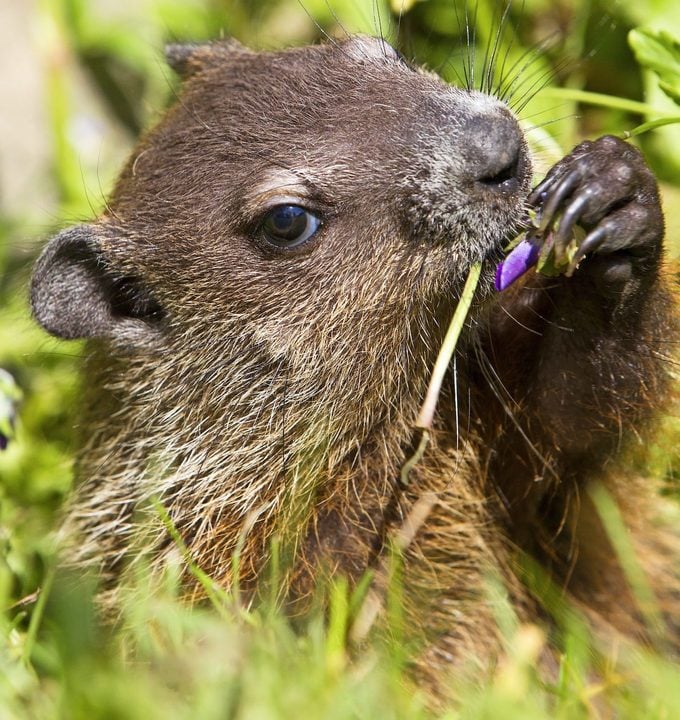
Birds & Blooms reader Linda Hall of Aurora, Indiana, asks: “A groundhog loves eating my mums. Can I plant something nearby to discourage it?”
“Unfortunately, no plants can actually deter groundhogs from eating flowers or shrubs,” says gardening expert Melinda Myers. “You may have heard rumors that gopher spurge (Euphorbia lathyris) repels gophers and moles. This hasn’t been proven to be true. This spurge is very aggressive, reseeds readily and is considered invasive in a few states.”
Use Fencing to Keep Groundhogs Out of Gardens
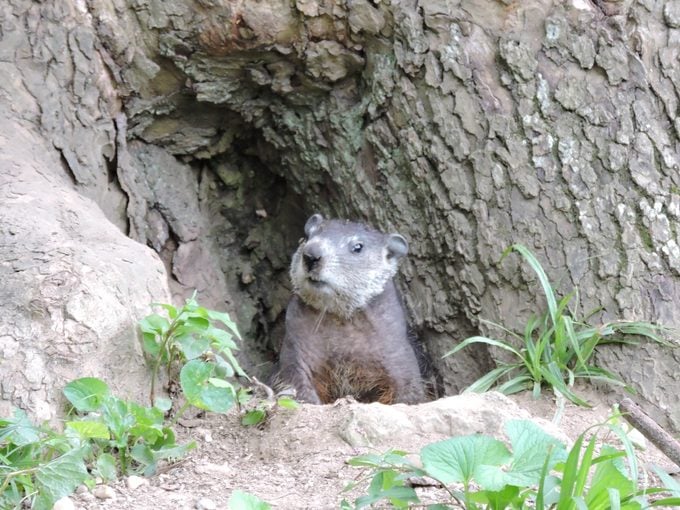
Melinda points out that using fencing to deter groundhogs is challenging. They are extremely versatile and can both climb and burrow. Bury the bottom of a fence at least a foot deep or bend the bottom foot of fencing at a 90-degree angle and pin it to the ground. The fence needs to be 3 feet high, with the top 12 to 15 inches bent outward at a 45-degree angle to help keep groundhogs from climbing it.
An electric fence mounted on posts with strands 4 inches and 9 inches above the ground is another option that is probably more effective. Look for electric fences at garden centers or online.
Reader Ideas to Deter Groundhogs and Chipmunks
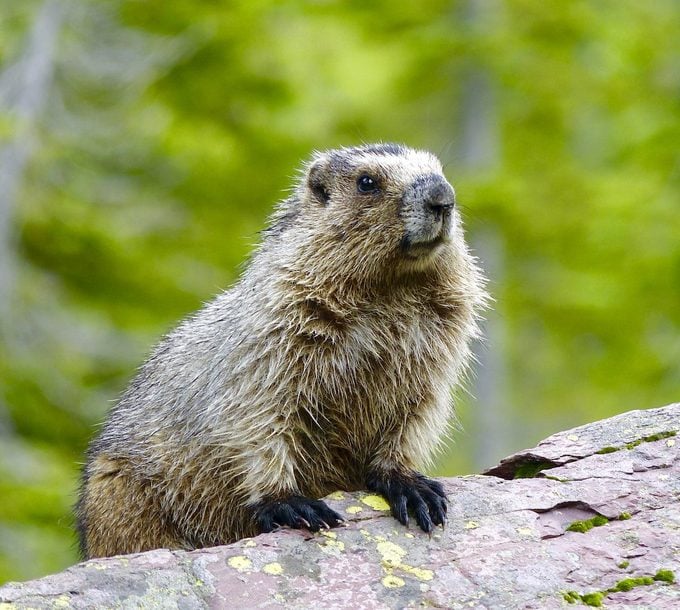
Home gardeners share their favorite techniques for keeping groundhogs and chipmunks out.
- I try to find the groundhog’s home (usually under my shed or deck) and have used a flood light and music as a deterrent under the deck. I’m not sure which worked, but the groundhog and its family left, says Field Editor Boni Trombetta of West Chester, Pennsylvania.
- To keep chipmunks from eating the roots of my potted plants, I put small flat stones on top of the soil, says Monica Partington of Raleigh, North Carolina.
- Vinegar can help keep away critters. You have to apply it often enough that the scent stays detectable by humans (and therefore stronger to the animals), says Field Editor Kathryn Rucci of Orlando, Florida.
- I scatter my husband’s hair around the garden after giving him a cut, says Char Jasinski of New Berlin, Wisconsin.
- To prevent them from eating my lettuce, carrot tops, beet greens and more, I make hoops and cover them with bird netting. They get the hint, says Field Editor Sue Gronholz of Beaver Dam, Wisconsin.
Why Trust Us
For nearly 30 years, Birds & Blooms, a Trusted Media Brand, has been inspiring readers to have a lifelong love of birding, gardening and nature. We are the #1 bird and garden magazine in North America and a trusted online resource for over 15 million outdoor enthusiasts annually. Our library of thousands of informative articles and how-tos has been written by trusted journalists and fact-checked by bird and garden experts for accuracy. In addition to our staff of experienced gardeners and bird-watchers, we hire individuals who have years of education and hands-on experience with birding, bird feeding, gardening, butterflies, bugs and more. Learn more about Birds & Blooms, our field editor program, and our submission guidelines.
Sources
- North Carolina State Extension
- Melinda Myers, official gardening expert for Birds & Blooms






















